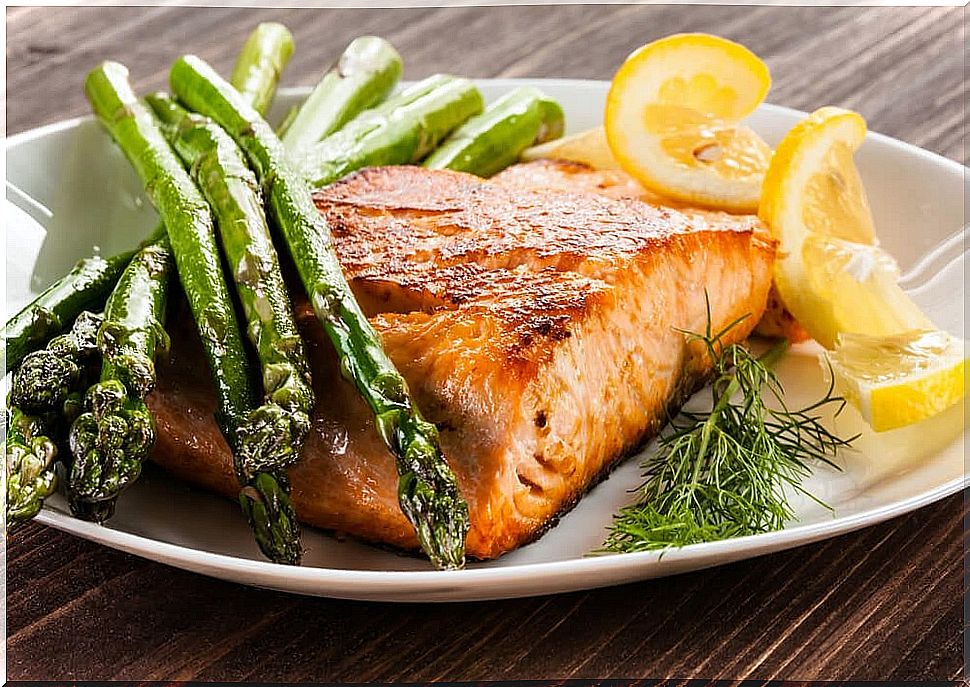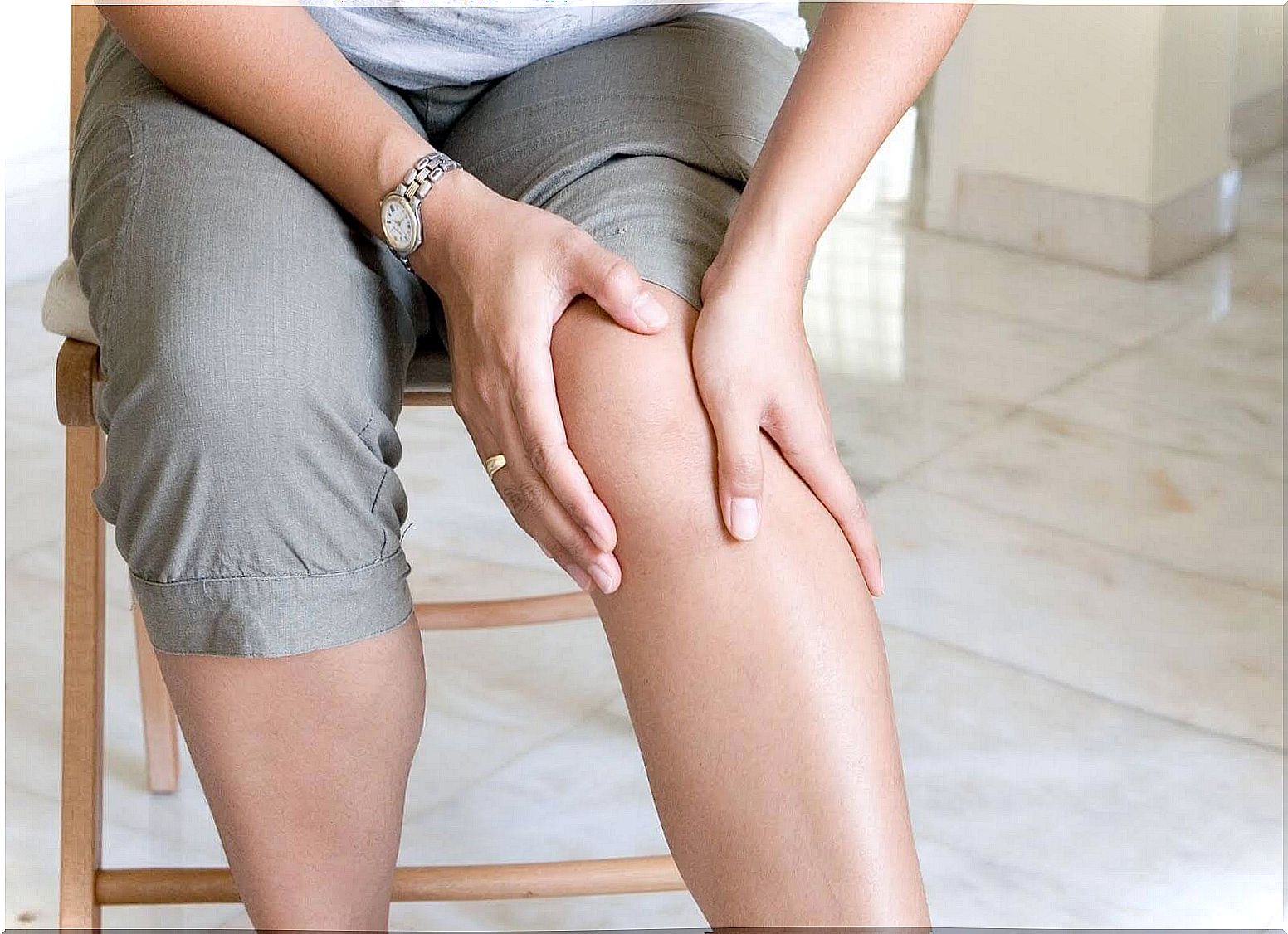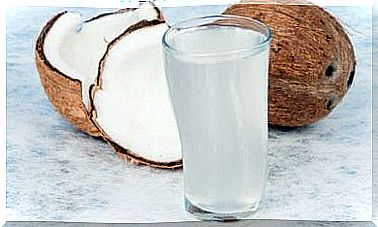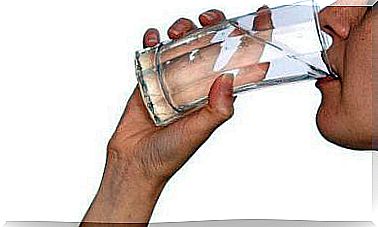5 Foods That Relieve The Pain Of Rheumatism

A diet to treat rheumatism does not cure the disease, but it can provide the nutrients needed to relieve symptoms and prevent complications. In fact, there are anti-inflammatory foods that serve as allies to promote well-being.
Although patients with these diseases are used to living with pain, creaking and movement difficulties, small dietary changes can be helpful in improving the quality of life and, in addition, losing weight.
Best of all, it’s not about following a strict diet. Although the most appropriate is that the diet adapts to each case, this includes all groups of nutrients without exposing the body to other unwanted effects.
What are the foods that relieve pain? What foods should I avoid? Understanding that many are struggling with this issue, below we want to answer these questions in detail. Don’t miss it!
What you should consider when dieting to deal with rheumatism
Following a diet to treat rheumatism does not imply stopping consuming the drugs prescribed by the doctor, or ignoring other habits that are essential for the treatment. The idea of improving the diet is to be able to alleviate symptoms to improve quality of life.

Another relevant aspect is that, through eating, it is possible to control body weight, reducing pressure on joints and constant pain. Do you know what to keep in mind?
- First, it is convenient to know if there is any type of food sensitivity that could lead to an increase in intestinal permeability. Often the lack of control of this problem hampers the relief of rheumatoid arthritis.
- Eliminating foods that produce hypersensitivity and allergies is a very beneficial measure against symptoms.
- Optimal nutrition must be guaranteed without reaching overfeeding . Unfortunately, more than half of patients with rheumatism have some form of malnutrition.
- Purine-containing foods should be limited as much as possible to achieve a greater sense of well-being. Also, it is advisable to avoid excess salt, caffeine and sugars.
Foods You Should Include in Your Diet for Rheumatism
There are many foods that can and should be included in a balanced diet plan to treat rheumatism. However, due to their properties, some of them are more beneficial than others. Many of them are part of the Mediterranean diet or the so-called “anti-inflammatory diet”.
1. Fatty fish
All varieties of fatty fish contain high doses of omega 3 fatty acids, a substance that is key to controlling rheumatism. Its assimilation into the body reduces the production of agents that increase inflammation.
Furthermore, they have the ability to inhibit the enzymes that cause the problem. On the other hand, it provides an interesting amount of vitamin D, which is essential in preventing extremity swelling and pain.
2. Extra virgin olive oil
Moderate consumption of extra virgin olive oil is very beneficial in the diet for rheumatism. This food contains a substance called oleocanthal, which serves to inhibit enzymes involved in inflammatory processes.
3. Citrus fruits
Citrus fruits and other foods rich in vitamin C help protect collagen, the main component of the cartilage that lines joints. Because of this, their inclusion in the diet reduces tissue deterioration and inflammation.
4. Nuts and seeds
This variety of foods is recommended as a complement to any type of diet to treat rheumatism. Its main benefits are attributed to its content of omega 3 fatty acids, an essential nutrient that helps control excess inflammation.
They are also a source of amino acids and dietary fiber, substances that help maintain optimal energy and good digestive health. Despite this, consumption should be moderate as they contain a lot of calories.
5. Onion and leeks
Onions and leeks contain a type of antioxidant known as quercetin, which helps to inhibit compounds that cause inflammation in the body. In fact, they are attributed a mild analgesic effect, similar to that caused by aspirin or ibuprofen.
What are the foods that should be avoided on a diet for rheumatism?
Patients who want to adopt a good diet to deal with rheumatism should be aware that some foods can make the condition worse. Therefore, it is necessary to learn to identify them and look for organic and healthy alternatives to replace them.
Some of them are:
- Seafood and red meat;
- Stuffed or smoked meats;
- Palm and soy oil;
- Industrial bread and pastry;
- Sugar and sweets;
- carbonated soft drinks and beverages;
- Foods rich in oxalates (spinach, beets, chard, cocoa powder, etc.);
- Whole dairy products;
- Fast food and processed food;
- Canned food.









